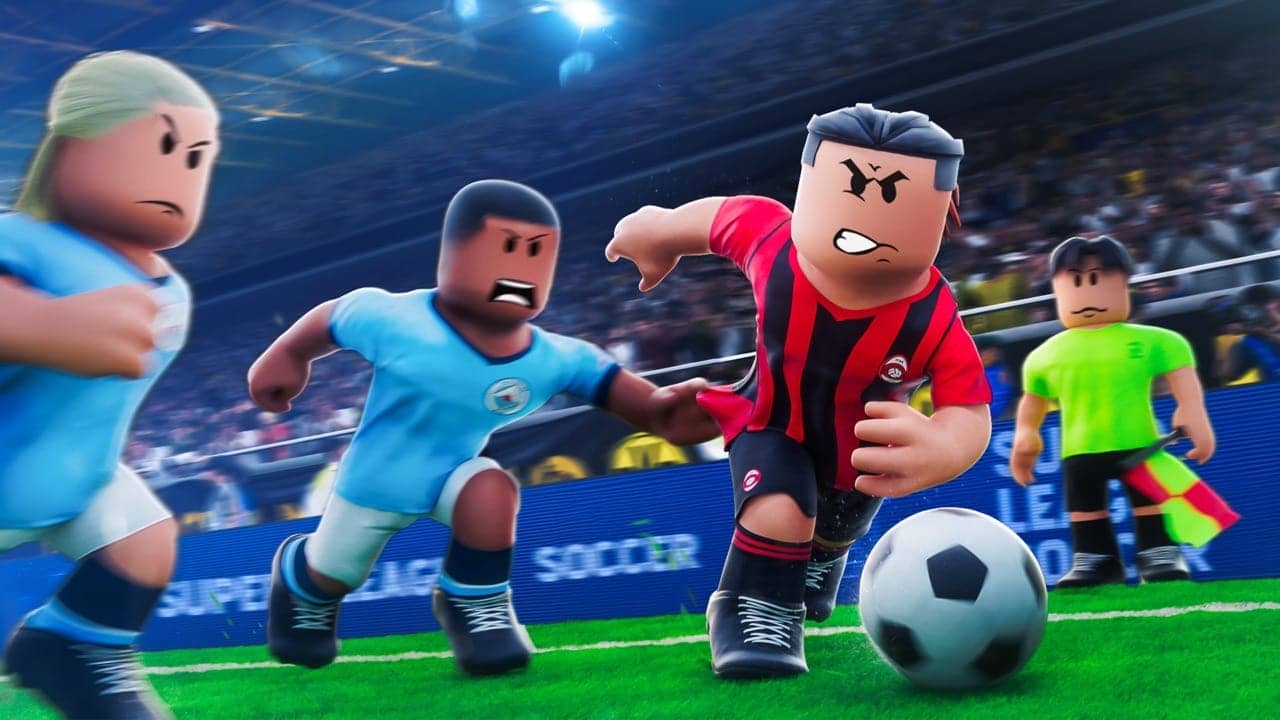Ever watched the World Cup and thought, “How do these players make it look so easy?” You’re not alone. Millions of fans wonder how elite athletes move with such precision, control, and speed. From perfect passes to stunning goals, World Cup players seem almost untouchable. But the truth is, every great move starts with the right skills, practice, and training. If you’ve ever wanted to take your game to the next level, understanding the soccer skills World Cup players use is the first step.
We’ll break down key techniques, drills, and strategies to improve your Soccer Skills World Cup. You’ll discover practical exercises, conditioning tips, and game strategies that can help beginners and experienced players alike. By the end, you’ll feel equipped to train like a pro, whether at home, on the field, or even using mini soccer unblocked games for practice.
Key Dribbling Skills Every World Cup Player Masters/Soccer Skills World Cup
Soccer Skills World Cup: Dribbling is one of the most essential soccer skills World Cup stars use to outmaneuver defenders. The ability to control the ball while moving at speed allows players to create scoring opportunities and maintain possession under pressure. Practicing dribbling drills, like zigzag runs or cone maneuvers, helps develop agility and control. Incorporating soccer conditioning drills alongside dribbling can make your movements faster and more precise, just like the pros.
Another important aspect is learning to protect the ball using your body while advancing past opponents. World Cup players constantly switch pace, feints, and direction to confuse defenders. Even simple exercises, like passing activities for soccer with a partner, can train you to combine speed, control, and awareness on the field.
Passing and Receiving: The Heart of Team Play
Perfect passing is the backbone of any winning team. At the World Cup level, players need accuracy, timing, and vision. Practicing short passes, long passes, and one-touch passes can dramatically improve your game. You can even use soccer skills unblocked drills to simulate game-like conditions online when field space is limited.
Receiving the ball correctly is just as important as passing it. A good first touch can create space and open up opportunities for teammates. Incorporating training exercises soccer soccer-focused on ball control and quick decision-making, will make you more effective in matches. The key is to maintain focus, anticipate movements, and stay light on your feet.
Shooting Techniques That Score Goals
Scoring goals requires more than power. It demands precision. World Cup players practice various shooting techniques, such as volleys, chips, and long-range shots, to stay unpredictable. Practicing with different surfaces and angles helps develop consistency. Even using mini soccer unblocked or small-sided games can sharpen your accuracy in tight spaces.
Additionally, learning how to strike while on the move or under pressure is vital. Exercises like soccer training, hurdles, or soccer conditioning drills improve leg strength, balance, and reaction time. When combined, these skills allow players to execute shots like the ones we marvel at during the World Cup.
Tactical Awareness and Game Intelligence
World Cup champions aren’t just physically skilled—they are strategically smart. Understanding game flow, positioning, and reading opponents are part of their soccer skills World Cup toolkit. Players constantly analyze space, passing lanes, and potential threats.
You can improve tactical awareness through soccer games to play with kids or even football drills for beginners. Mini-games, small-sided matches, and scrimmages help develop vision, anticipation, and decision-making. Practicing this alongside technical skills ensures you’re not just moving the ball but playing intelligently.
Speed, Agility, and Conditioning/Soccer Skills World Cup
Speed and agility are crucial to outpacing opponents and reacting quickly in high-pressure situations. Many World Cup players dedicate hours to soccer conditioning drills that enhance stamina, acceleration, and lateral movement. Sprint drills, ladder exercises, and shuttle runs are staples in a professional training routine.
Conditioning also helps prevent injuries and maintain peak performance throughout matches. Young players can benefit from age-specific plans, such as 6 year old soccer practice plan or pre k soccer drills, ensuring foundational speed and agility are built from the start. Regular training in these areas creates a strong athletic base for advanced skills later on.
Ball Control Under Pressure
Soccer Skills World Cup. One hallmark of elite players is the ability to maintain control under pressure. Quick touches, shielding, and precise footwork make the difference between losing possession and creating opportunities. Practicing soccer drills for spacing or passing activities for soccer teaches you to manage tight spaces effectively.
Incorporating soccer drills for eight year olds or slightly advanced drills for older players builds confidence with the ball in all situations. The more comfortable you are under pressure, the more options you’ll have during games, much like professional World Cup players.
Fun Ways to Practice at Home or Online
Not everyone has access to a full field, but you can still develop skills with mini soccer unblocked games or a small world cup unblocked exercises online. These digital simulations allow you to practice passing, shooting, and tactical decisions without leaving your home.
Even simple outdoor soccer games like one-on-one, passing relays, or shooting competitions can improve coordination and fun. By combining online and offline practice, you can strengthen technical skills and game intelligence simultaneously.
Goalnyx: Your Go-To Soccer Resource
If you’re serious about improving your soccer skills World Cup, Goalnyx offers comprehensive resources for players of all ages. From detailed tutorials and practice plans to online tools for drills and gameplay strategies, Goalnyx makes training accessible and effective. Whether you’re working on speed, dribbling, or tactical awareness, their content supports every step of your soccer journey.
FAQs About Soccer Skills World Cup
Q1: How can I practice Soccer Skills World Cup at home?
A: Focus on dribbling, passing, shooting, and agility drills. Use small-sided games or mini soccer unblocked exercises to simulate real match situations.
Q2: What age should children start soccer training?
A: Kids can start basic ball control and fun drills as early as pre-K, gradually moving to structured exercises like u5 soccer drills or 6 year old soccer practice plan.
Q3: How do I improve speed and stamina for soccer?
A: Incorporate sprint drills, ladder exercises, shuttle runs, and soccer conditioning drills. Consistency is key to building endurance and quick reactions.
Q4: Can online soccer games help improve real-life skills?
A: Yes! Games like a small world cup unblocked or other online simulations help with tactical awareness, passing, and decision-making.
Q5: What equipment do I need to start practicing?
A: Basic items include a soccer ball, cones for drills, and markers for small-sided games. Optional equipment: agility ladders, hurdles, and goalposts.
By focusing on these soccer skills World Cup techniques, practicing consistently, and using resources like Goalnyx, you can improve your game significantly. Remember, every professional player started with fundamentals, practice, and persistence. With the right mindset and tools, you can take your soccer journey to the next level.







